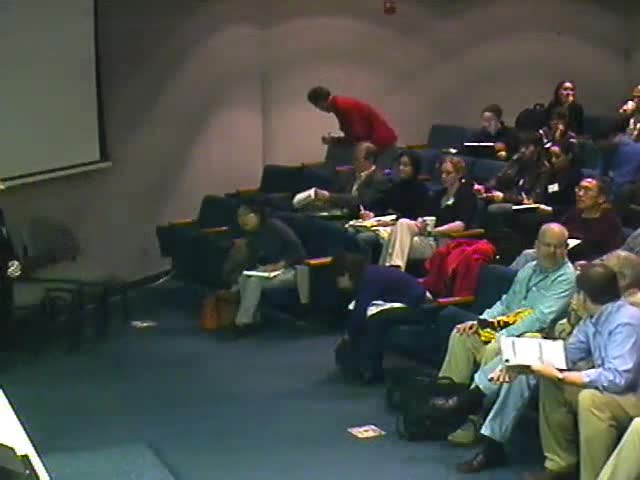How RNA Tells Right from Wrong: Base Pairs, Tertiary Interactions, and Counterions in RNA Folding
Presenter
November 1, 2007
Abstract
RNAs must self-assemble into unique three-dimensional structures in the cell, yet how RNA molecules find their native structure in a short time is not well understood. This is a challenging problem, because RNA secondary structures are thermodynamically stable but not uniquely specified by the sequence, while tertiary interactions are specific but not very stable. Consequently, many RNAs become trapped in metastable, non-native intermediates. Recent footprinting and SAXS experiments on a bacterial ribozyme show that tertiary interactions make helix assembly more specific during the initial collapse transition. Specific collapse increases the flux through folding pathways that lead directly to the native structure. The stability of the folded RNA also depends on the charge density of the counterions; small multivalent counterions stabilize the RNA more than large monovalent ions. In low charge density counterions, the transition state ensemble becomes broader, accelerating the search for the native structure.
